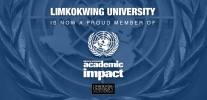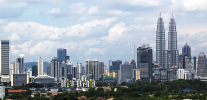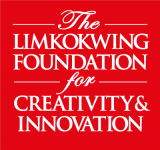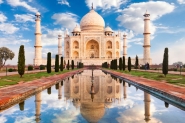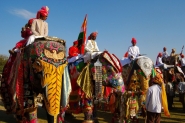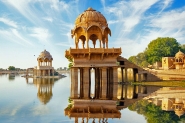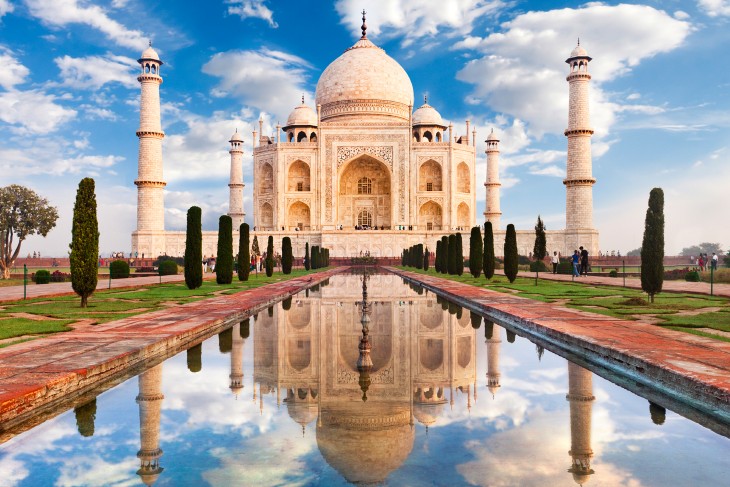 Photo Credit: shunvmall.com
Photo Credit: shunvmall.com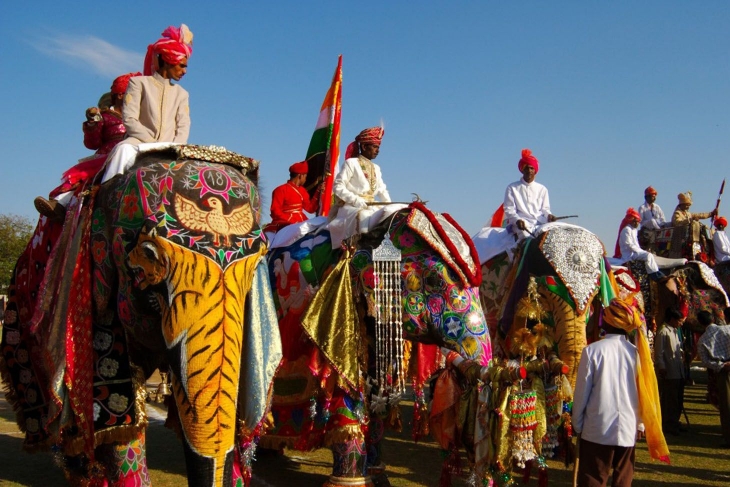 Photo Credit: thebritishtoastracksociety.com
Photo Credit: thebritishtoastracksociety.com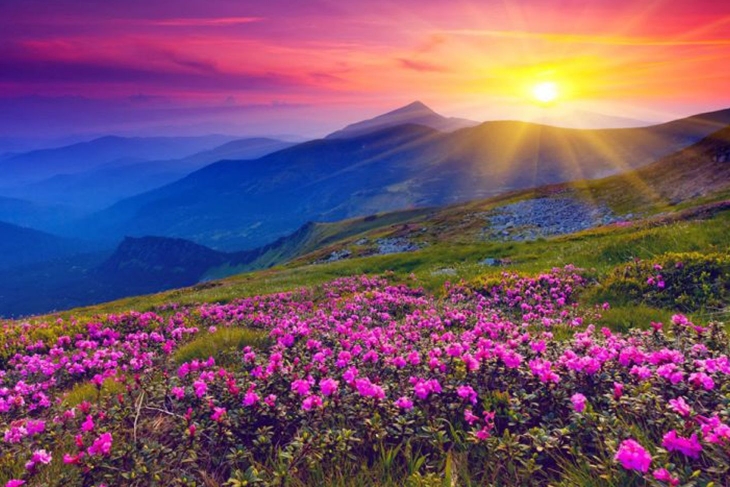 Photo Credit: ohmyindia.com
Photo Credit: ohmyindia.com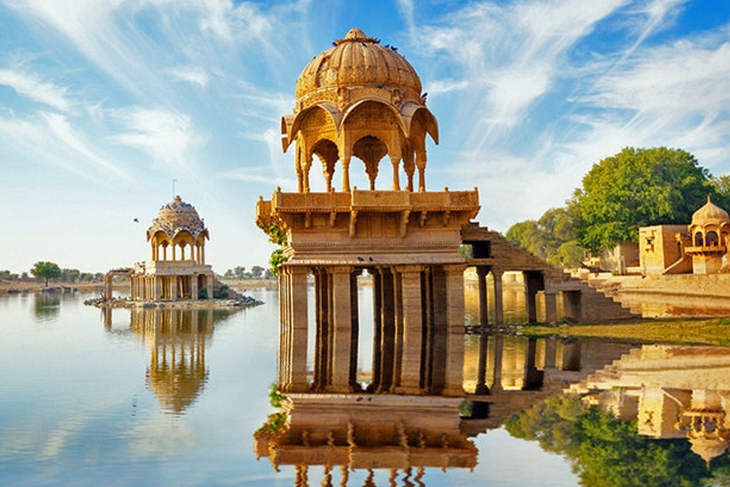 Photo Credit: planetware.com
Photo Credit: planetware.com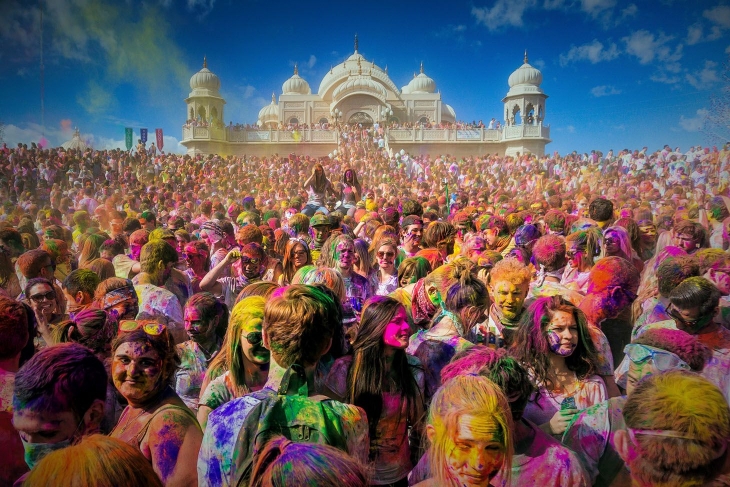 Photo Credit: www.trawell.in
Photo Credit: www.trawell.in
India is a Southern Asian country bordering the Arabian Sea and the Bay of Bengal, between Burma and Pakistan. It stands tall as one of the oldest civilisations in the world with its history spanning over five millennia.
Known to many as a mystical land of spirituality and rich culture, the country’s deep-rooted history throughout the centuries is reflected in its outstanding archaeological landmarks such as: the cave temples at Ajanta, Ellora and Elephanta and the temple sites at Madurai, Thanjavur, Abu and Mahabalipuram.
In the north, Mughal Empire’s Indo-Islamic architecture can be witnessed at Delhi’s Red Fort complex and the enormous Jama mosque as well as Agra’s iconic Taj Mahal mausoleum.
India is the world’s largest democracy and second most populous country with about 1.34 billion people. It also has the world’s 4th most powerful military.
Due to a vastly diverse community, its federal political power is distributed between the central government and 28 states. Out of 1,500 languages and dialects spoken throughout India, the constitution recognises only 15 regional languages. Ten of the major states of India are generally organised along linguistic lines.
During the last 64 years after its independence, the country has achieved all-round socio-economic progress and ranks as the 7th largest economy in the world.
India has also become self-sufficient in agricultural production. About 50% of the country’s land is fertile and suitable for farming which makes 20% of its GDP and employs about 60% of its citizens. Vast quantities of rice are grown wherever the land is level and water plentiful. Other crops include wheat, sugarcane, potatoes, pulses, sorghum, bajra and corn. Cotton, tobacco, oilseeds, and jute are the principal non-food crops.
According to the CIA World Factbook, services sector is the major source of economic growth, accounting for nearly two-thirds of India’s output.
India has capitalised on its large educated English-speaking population to become a major exporter of information technology services, business outsourcing services, and software workforce.







